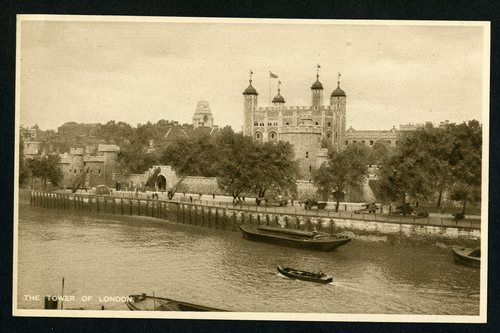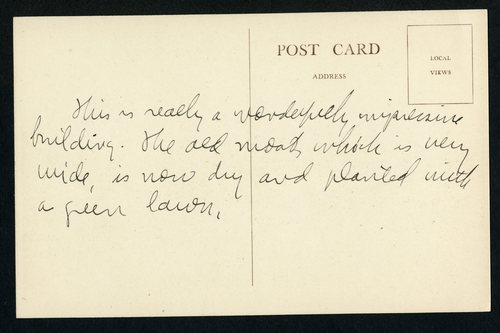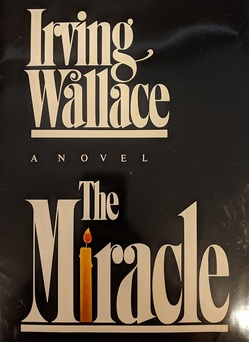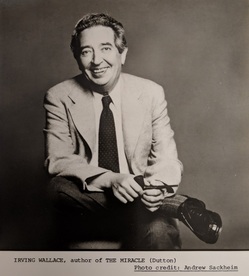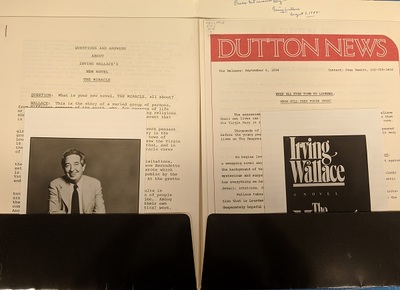In a plot twist that sounds more like one of Irving Wallace’s novels than his own life, the author got a taste of excitement following the release of The Prize. Briefly, the novel is about the ceremony for the annual Nobel Prize. From the book cover, “Six people all around the world are catapulted to international fame as they receive the most important telegraph of their lives, which invites them to Stockholm to receive the prize. This will be a turning point in their lives, in which personal affairs and political intrigue will engulf every one of the characters.”
Although Wallace was meticulous in his research, a reviewer in Norway took issue with how Wallace portrayed the Nobel Prize institution and its judges, calling the book a scandal and accusing Wallace of “declar[ing] war on Scandinavians.”[1]
A rather heated exchange took place through letters and newspaper columns and responses in which Wallace defended his research process and called on witnesses to vouch for him. In one set of Wallace’s notes he stated, “I interviewed [Dr. Anders Osterling] September 23, 1946. He was extremely frank. Among other things he told me that he fought against Pearl Buck receiving the Nobel Prize, that Bunin got it to “pay off” for the omission of Tolstoy and Chekhov, that Thomas Wolfe, Somerset Maugham, James Joyce were never nominated, that Frost, Upton Sinclair, Dreiser were long ago considered and voted down. He felt Mann deserved the prize twice.”
Despite a good many people, including Dr. Osterling, coming to Wallace’s defense, the eventual fall-out of the controversy over his novel resulted in his book translation being rejected in Copenhagen, and by multiple publishers in Norway. The controversy seemed to finally blow over, but as recently as 1985, debate continued to ensue with the release of the major motion picture starring Paul Newman and Elke Summers in the Scandinavian countries.
References
[1] Anonymous,
“U.S. Author Declares War on Scandinavians,” in the Eagle, Wichita, Kansas, 20 September 1962.
[2]
Irving Wallace, “untitled note,” 1962, Box 28, Folder 13, Irving Wallace Papers, H.Mss.1076. Special Collections, Honnold Mudd Library, Claremont University Consortium.
